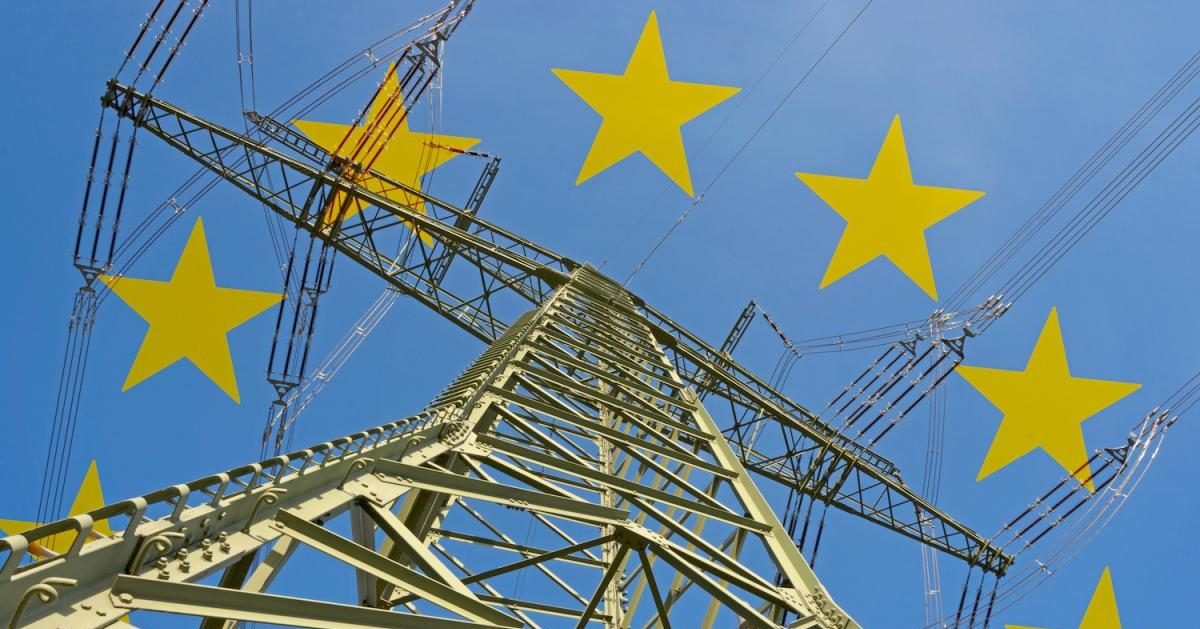The rise of renewable and low-carbon energy generation sources is attributable to an unprecedented influx of renewables on the grid combined with the stabilisation of the nuclear fleet, Eurelectric says.
What has happened to Europe’s electricity demand?
Supply numbers provide an encouraging outlook to the future, but this is not matched with the same optimism when it comes to electricity demand.
Eurelectric statistics show that, in the first half of 2023, power demand in the EU decreased by 5.1% compared to the same period in 2022. This downward trajectory has continued in 2024 and sits at a figure 4.8% lower than in the first half of 2022.
This downturn is a result of industry moving its operations abroad, aforementioned warmer temperatures and energy savings goals, coupled with slow economic growth.
Kristian added: “Years of stagnation in electricity demand have now turned into a regular decline. Policymakers must urgently support the uptake of electricity to provide the necessary investment signals for clean generation.”
Europe’s next steps
Eurelectric is calling on the new Commission to propose an Electrification Action Plan within the first 100 days of its mandate, with a 35% indicative target for 2030 and a clear electrification indicator to be introduced in the national energy and climate plans (NECPs) of EU countries to monitor and deliver progress on the ground.
This is as the International Energy Agency (IEA) data says that Europe’s growth is becoming a solar success story. The agency foresees a 61% share of renewable electricity in Europe by 2028 with an unprecedented surge of previously unforeseen solar panel installations partly responsible for this.

